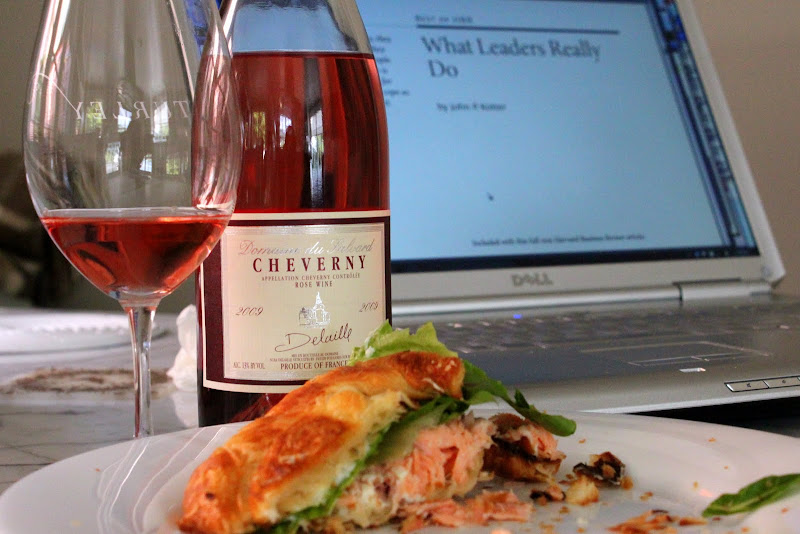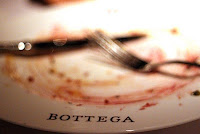Restaurant Delfina with Vietti Barolo Lazzarito in hand

Tripe alla Fiorentina at Restaurant Delfina, San Francisco. Delicious, perfectly textured between chewiness and melt-in-your-mouth'ness. Last time after I raved about Pizzeria Delfina , located next door to the San Francisco jewel of an Italian restaurant that I'd never been to - Restaurant Delfina , the chef owner Craig Stoll was nice enough to invite me over. With menus updated daily and swanky atmosphere in the midst of a bustling Mission neighborhood, I'd been itching to go for a while, as the place has foodies abuzz. Having a bottle of the Vietti Barolo Lazzarito 2004 in hand that I had just gotten from WineChateau.com , Rona and I headed to Delfina to meet our dear friends whom we hadn't seen for ages. Vietti sits somewhere in between the traditionalists and the modernists of the Barolo producers spectrum. The influence of oak is there, especially compared to the recent bottles of a staunch traditionalist Bartolo Mascarello (I just had 2003 and 2006 at Donato Eno






